



Medical soc chips
In the rapid iteration of science and technology, medical SoC chips are like a shining star, quietly but profoundly reshaping the pattern of the medical industry, injecting strong impetus for the innovation of medical equipment and upgrading of medical services, and becoming an indispensable key link in the modern medical system.
Medical SoC chips are essentially system-on-chip (SoC) chips customized in the medical field, integrating a variety of key functional modules in a square inch. The central processing unit (CPU), as the “brain center” of the chip, shoulders the important task of efficiently processing massive medical data. In the hospital information system, in the face of the daily influx of patients' diagnostic and treatment records, image data, test reports and other data, the CPU of the medical SoC chip, with its excellent computing power, quickly categorizes, stores and retrieves the data, so that the doctor can accurately obtain the patient's complete medical history and assist in diagnostic decision-making in an instant.
Graphics Processors (GPUs) are also instrumental in the rendering and optimization of medical images, as the raw image data generated by CT, MRI, and other imaging equipment is complex, and GPUs can transform blurry images into clear, three-dimensional models that accurately present the internal structure of human organs. Doctors can use this to accurately locate the location, size and shape of the lesion, just like having a pair of “perspective eyes”, which greatly improves diagnostic accuracy; during the surgical planning stage, the lifelike image model helps doctors to formulate a more thorough surgical plan and reduce the risk of surgery.
The communication module opens up the “information barriers” between medical devices and realizes data interconnection. In the telemedicine scenario, with the communication capability of the medical SoC chip, the primary medical institutions transmit the patient's image and physiological parameters to the higher-level hospital in real time, and the experts consult remotely, breaking the geographical limitations and allowing high-quality medical resources to benefit the patients in the remote areas; in the wards, a variety of monitoring devices are connected to the central control system of the nurses' station through Bluetooth, Wi-Fi and other protocols, and the patient's vital signs data are automatically uploaded, and the medical personnel In the ward, various monitoring devices are connected to the central control system at the nurse's station via Bluetooth and Wi-Fi protocols.
Low-power design is one of the highlights of medical SoC chips. Implantable medical devices such as pacemakers, deep brain electrical stimulators, relying on battery power, chip low-power features can extend battery life, reducing the pain of patients to frequently replace the equipment; portable home medical equipment, such as glucose meters, blood pressure monitors, the use of low-power medical SoC chips, compact body to accommodate a long time endurance, convenient for patients to monitor the state of health at home at any time.
Medical SoC chips also integrate accurate sensor interfaces and analog front-end circuits. The glucose meter SoC chip has a built-in high-precision ADC (analog-to-digital converter), which quickly and accurately converts bioelectrical signals into digital signals; the pulse oximeter chip efficiently handles photoelectric volumetric pulse wave signals and accurately measures blood oxygen saturation and pulse rate, providing doctors with key physiological indicators that can serve as the basis for judging the condition of the patient.
Developing medical SoC chips is challenging. It is necessary to meet stringent medical standards to ensure chip reliability, safety, and resistance to high temperature and high pressure sterilization process; also need to overcome the complex electromagnetic compatibility problems, to prevent the chip from the complex electromagnetic environment of the hospital interference; also have to take into account the cost of control, so that the advanced medical equipment can go into more medical institutions.
With the continuous integration of biotechnology and information technology, medical SoC chips have a broad future. In the future, it will empower smarter diagnostic and treatment equipment, helping personalized precision medicine to land; promote wearable medical equipment to a new stage, so that health monitoring like a shadow; and even in the field of gene sequencing, cell therapy and other cutting-edge show of hands, and continue to escort the human health and well-being.

Please contact us if the source is mislabeled or violates your legal rights.
We will promptly correct and delete, thank you.
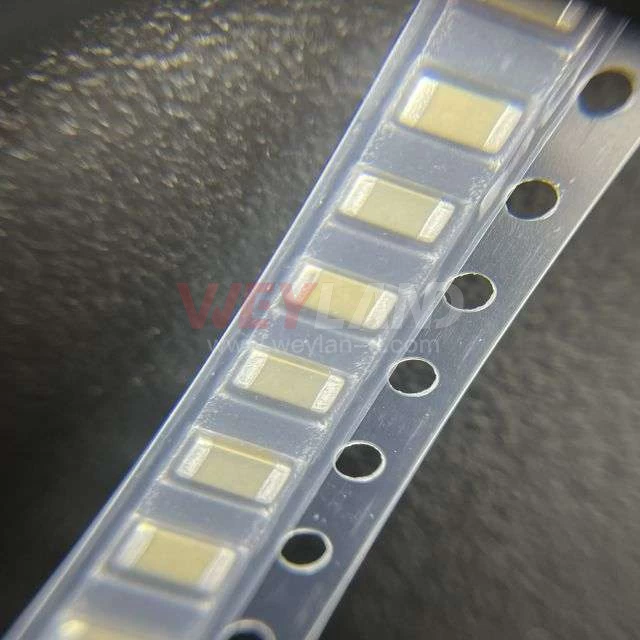
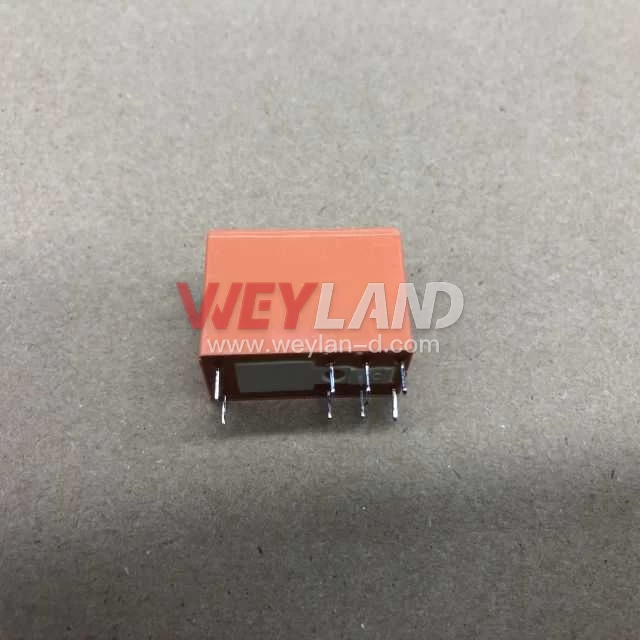

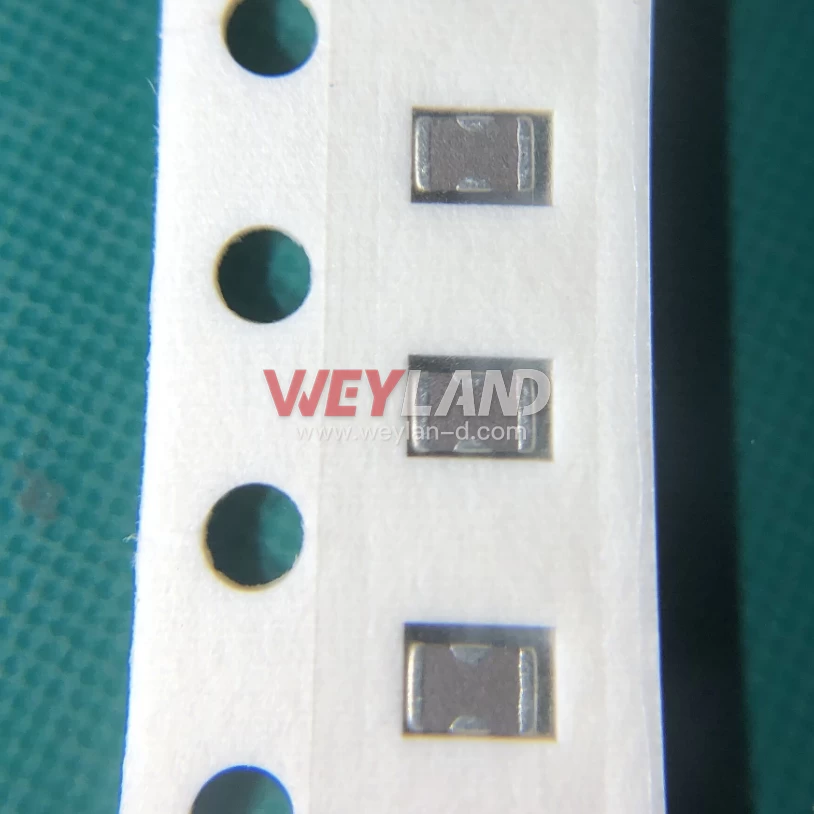
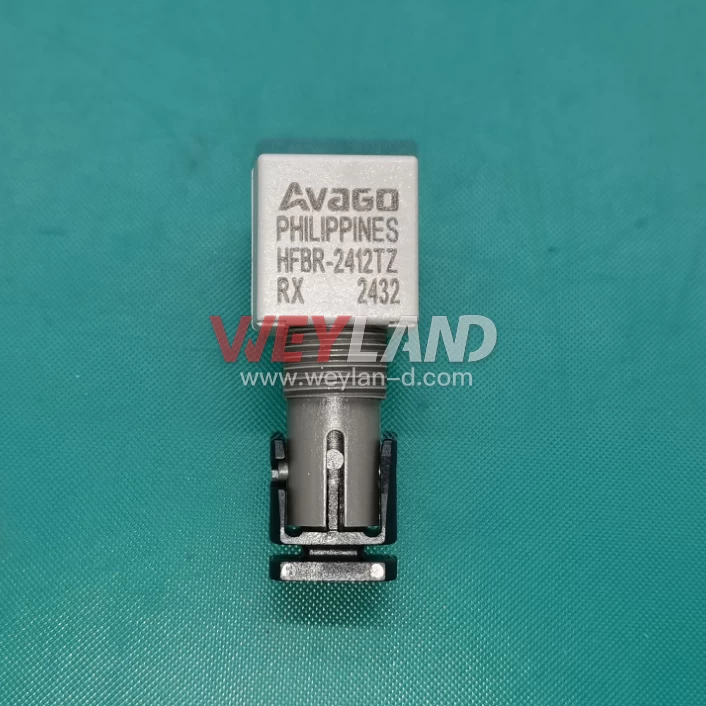
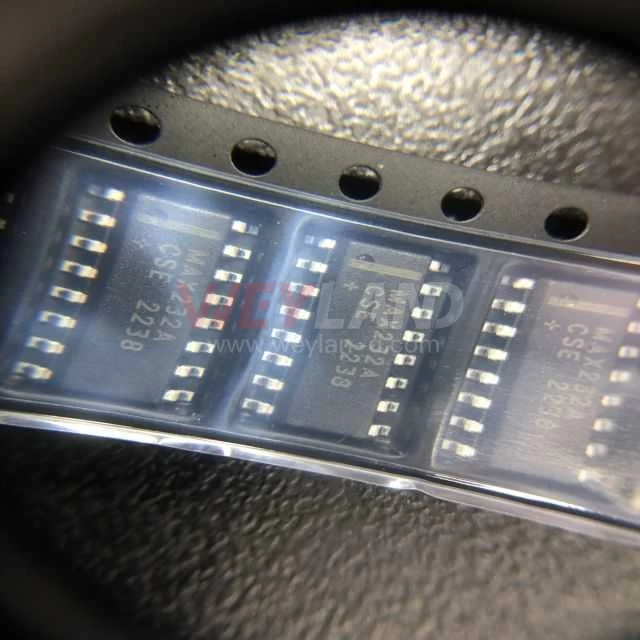


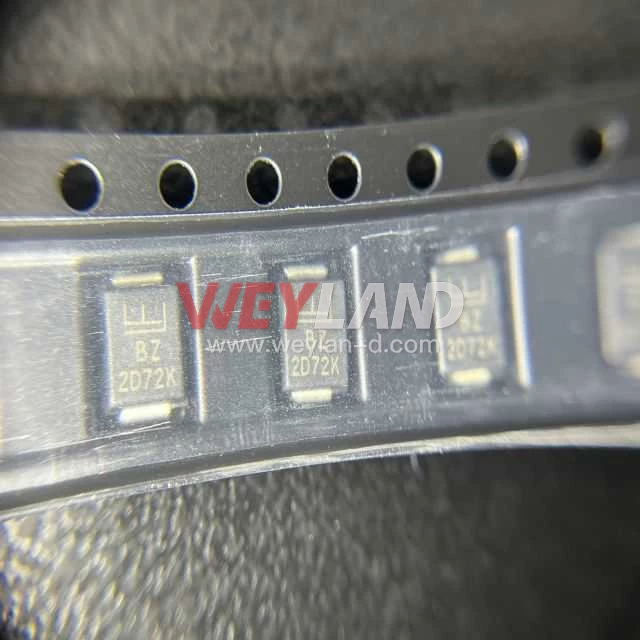
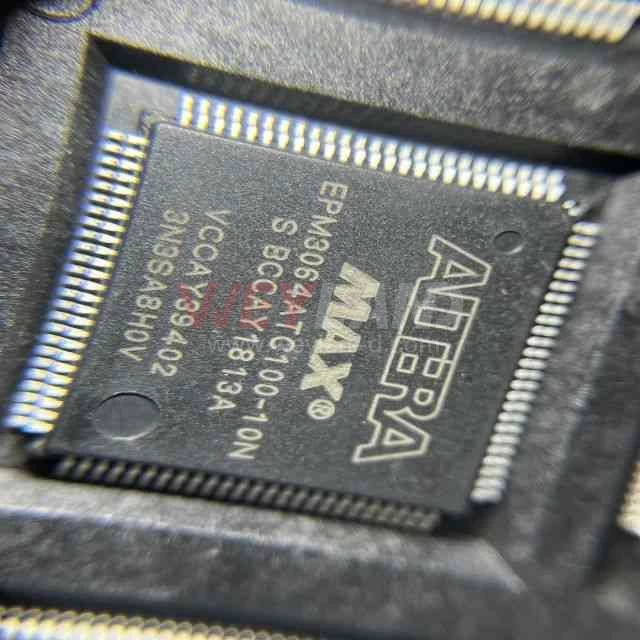
.9246509.png)












[email protected]
7500A BEACH ROAD #04-307 THE PLAZA SINGAPORE (199591)
RM 705.7/F.FA YUEN COMM BLDGNO.75-77.FA YUEN STREET.MONGKOK.KLN.HONG KONG
